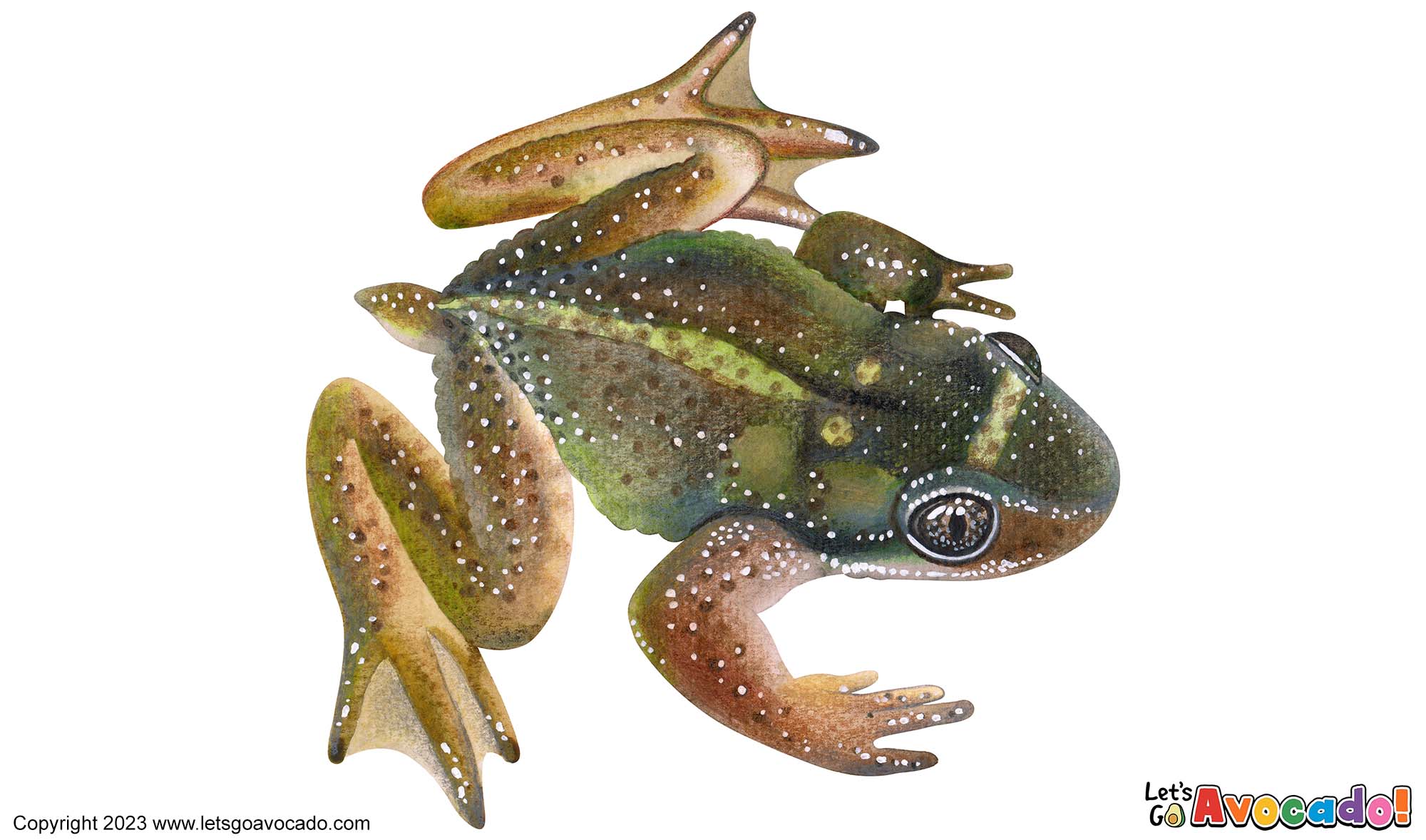

Rocky Mountain Tailed Frog
Tailed Frog, Western Tailed Frog
Ascaphus montanus
This page may contain affiliate links.
Read our disclosure and privacy policy here.
The Rocky Mountain Tailed Frog, also known as the Ascaphus montanus, is a unique and fascinating amphibian species. These frogs are endemic‘Endemic’ means that something is found only in a specific place or region and is not naturally found anywhere else in the world. It refers to plants, animals, or other things that are unique to a particular area and are not commonly found elsewhere. Learn More to the western regions of North America, particularly the Rocky Mountains. They are named after the distinctive elongated tail-like extension on their hind legs. The Tailed Frog is relatively small, with adults reaching about 1.5 inches in length. They have a slender body and a mottled brown or gray coloration, which provides excellent camouflage in their rocky stream habitats. Tailed Frogs are semi-aquatic, preferring cold, fast-flowing mountain streams with clean water. They are primarily nocturnalAnimals that are active during the night and rest during the day. Beavers are primarily nocturnal, doing most of their work at night. Learn More and feed on small invertebrates like insects and spiders. As a defense mechanism, Tailed Frogs rely on their excellent camouflage and their ability to hide in the rocky streambeds, making them difficult for predators to spot.
Rocky Mountain Tailed Frog
Common Name
Other Names
Latin Name
Distribution
Appearance
Size
Habitat
Behavior
Diet
Lifecycle
Vocalization
Defense Mechanisms
Ecological Importance
ConservationThe act of protecting and preserving natural resources and the environment. Conservation efforts are important to protect beavers and their habitats. Learn More Status

There’s a lot to explore right where we are, in our own neighborhoods and backyards! Join us while we get off the couch and explore the everyday wonders of nature, science, space, engineering, art, and anything else we stumble upon during on our adventures.







